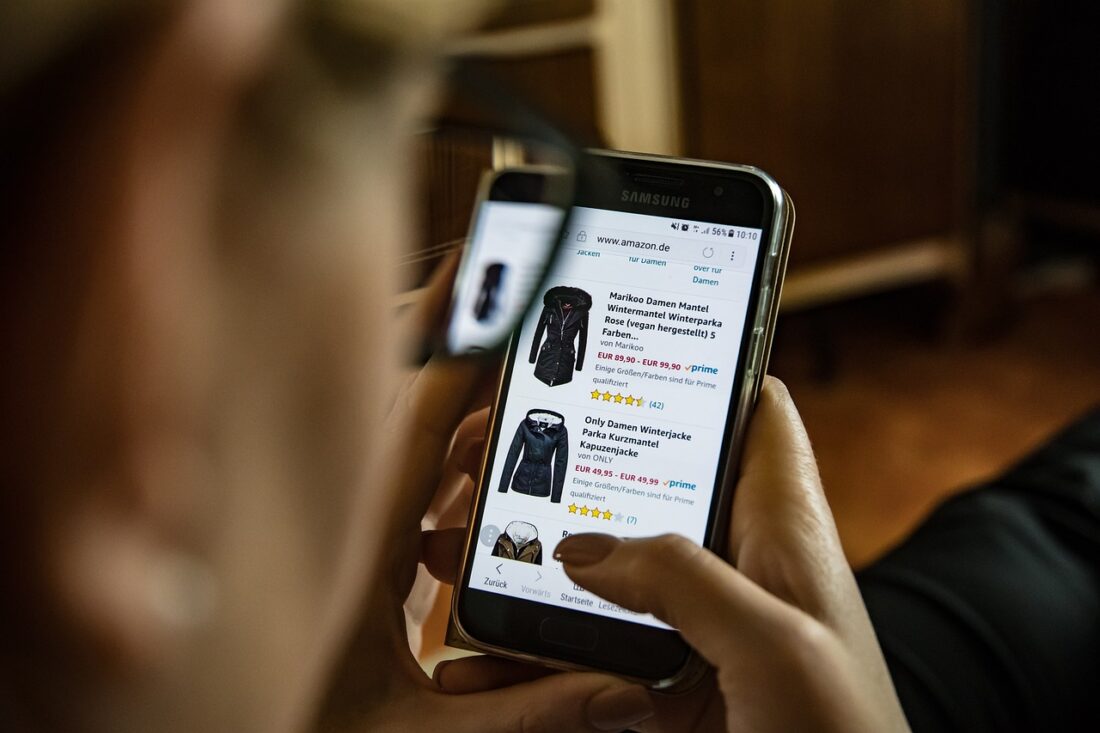Calls to Action (CTAs) are among the most important elements on any website. Blogs, online stores, portfolios, you name it. They all benefit from giving visitors clear next steps. Plus, the quality of your CTAs can have an enormous impact on conversions. That means it’s vital to follow best practices like using eye-catching buttons, low-risk ‘asks’, and proper placement.
In this article, we’ll go over five tips to increase conversions using CTAs. Let’s get to it!
1. Use Action Verbs and Buttons
First of all, a strong CTA should catch a website visitor’s attention right away. Using a brightly colored button is a good start. The color will pop on the page, and the button will make it very easy for the visitor to take the action you’re suggesting.
Additionally, to create an effective CTA, you’ll want to use an ‘action’ verb. This includes terms like “buy,” “sign up,” or even “download”:
For example, the Nintendo website pictured above uses an on-brand red button that draws the eye. Plus, it invites users to Download Now when advertising its new Mario vs. Donkey Kong game, which couldn’t be a clearer request.
2. Create a Sense of Urgency
You’ll also want to ensure that your CTAs create a sense of urgency. This is a time-tested approach to increasing conversions, and involves using language that lets visitors know that an offer is only available for a brief period of time.
Some examples of CTAs that create a sense of urgency include “Act now,” “Don’t miss out,” and “Shop sale:”
While this approach can be effective, it should always be honest (and not used in excess). After all, you don’t want to fall into unethical marketing by accident.
For example, if you’re always advertising a “limited time deal” that you keep renewing, this may damage customer trust. On the other hand, running time-sensitive holiday sales with strong CTAs can be an excellent strategy:
You can even couple your sales with a countdown timer to further create that sense of urgency.
3. Place CTAs in Key Locations
If you want to create an effective CTA, proper placement is also crucial. You’ll want to ensure that visitors don’t overlook your invitations to act.
The Netflix homepage offers a simple example of a strong CTA with excellent placement. Here we see the main CTA, the “Get Started” button, at the top of the page where you can’t miss it:
This is a great way to catch users who are ready to convert.
Another smart approach is to use multiple CTAs. You can have an above-the-fold button and another CTA further down the page, after you present the details of your offer:
Ultimately, when it comes to CTAs, the key to placement is to consider the user journey. CTAs are at their most effective when they appear just as a user decides they want to convert. If the user has to spend time looking around for a Buy Now or Sign Up button, you’re giving them more chances to change their mind.
4. Minimize the Risk to Users
Conversion always presents some potential risk to your audience, whether they are signing up for a newsletter or a free trial subscription. As an example, if they give their email address to the wrong site, they might end up receiving spam. Alternatively, if they sign up for a poor service or buy a subpar product, they might not be able to get their money back.
Those are all fears that users might have when they’re considering signing up for your service. An effective CTA will encourage them to make a decision, while also easing their concerns about the potential risks:
In the above example, the CTA is to sign up for a free trial, which is very low risk already. To make it more effective, you can accompany it with a promise like “no credit card required” (as long as you’re willing to follow through).
In general, whenever you make an offer on your site, it’s important to consider it from the users’ perspective. That means thinking about what concerns they might have and what message you can share that will alleviate those worries.
5. Test CTA Variations
If you’re not sure what type of CTA might work best for your website, you can always test multiple variations. In fact, this is the best possible approach if you’re not sure what your audience will respond to.
What you’ll want to do is run multivariate tests (also called A/B tests). These are tests where different sets of users see unique versions of a page with different CTAs and/or copy. The goal is to identify which version users respond better to.
The downside of this approach is that it requires two factors: significant amounts of traffic and time. To run a test that gives definitive results, you’ll need at least a few hundred users and visits worth of data points. Without that, the data you get will not be trustworthy, and you might end up using a CTA that doesn’t work as well as you think.
It may also take a while to gather enough data to make an informed decision. If you have a very popular website, this can be as little as a few days. If you don’t get a lot of traffic, running A/B or multivariate tests will take a while. Still, the results can provide valuable insights into what CTAs your specific audience responds to.
Conclusion
A strong CTA can significantly increase conversions and help your online business succeed. However, you’ll need to find the right combination of active copy, eye-catching buttons, and proper placement if you want your CTAs to be effective. It’s also vital to reduce the risk for users, create a sense of urgency, and test your CTAs thoroughly.
Do you have any questions about what makes for an effective CTA? Let’s talk about them in the comments section below!
Image by Hannes Edinger
